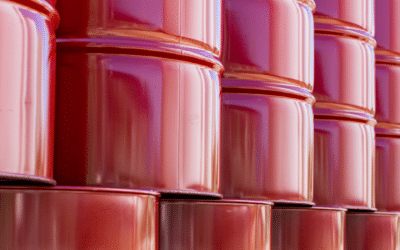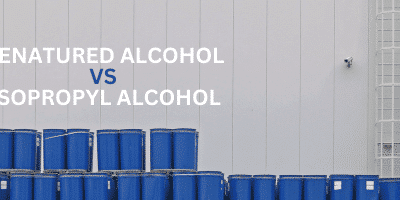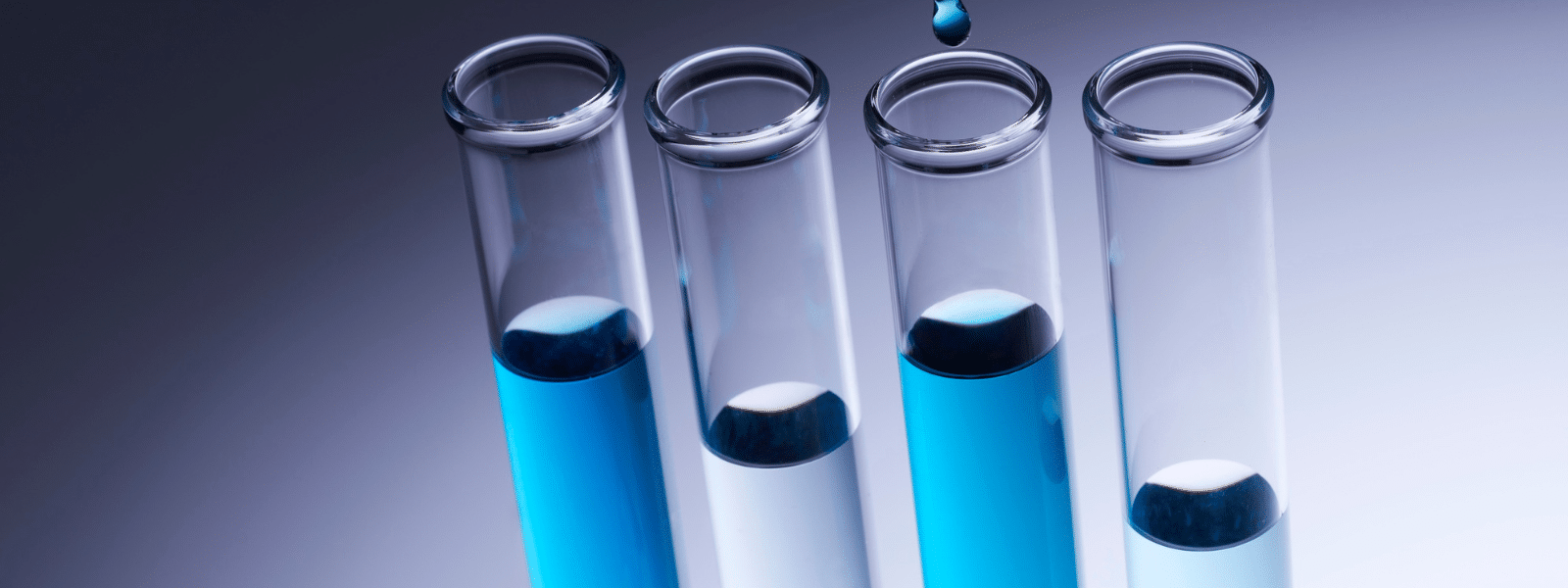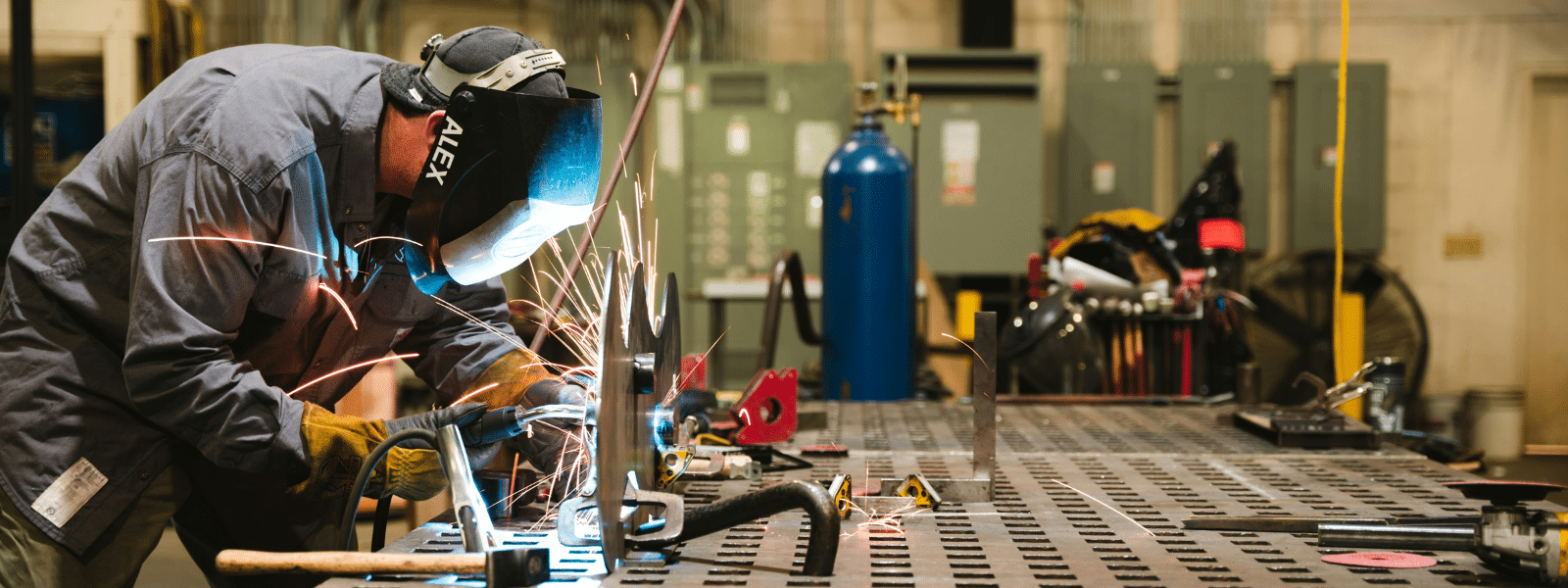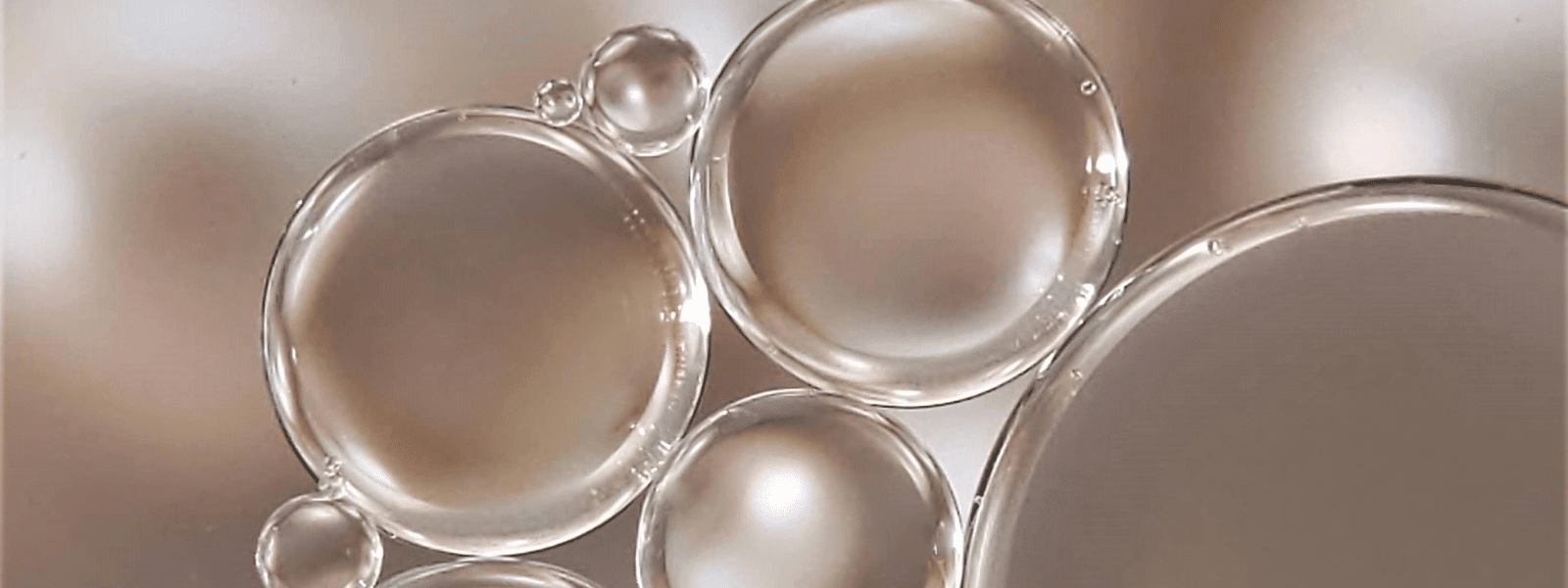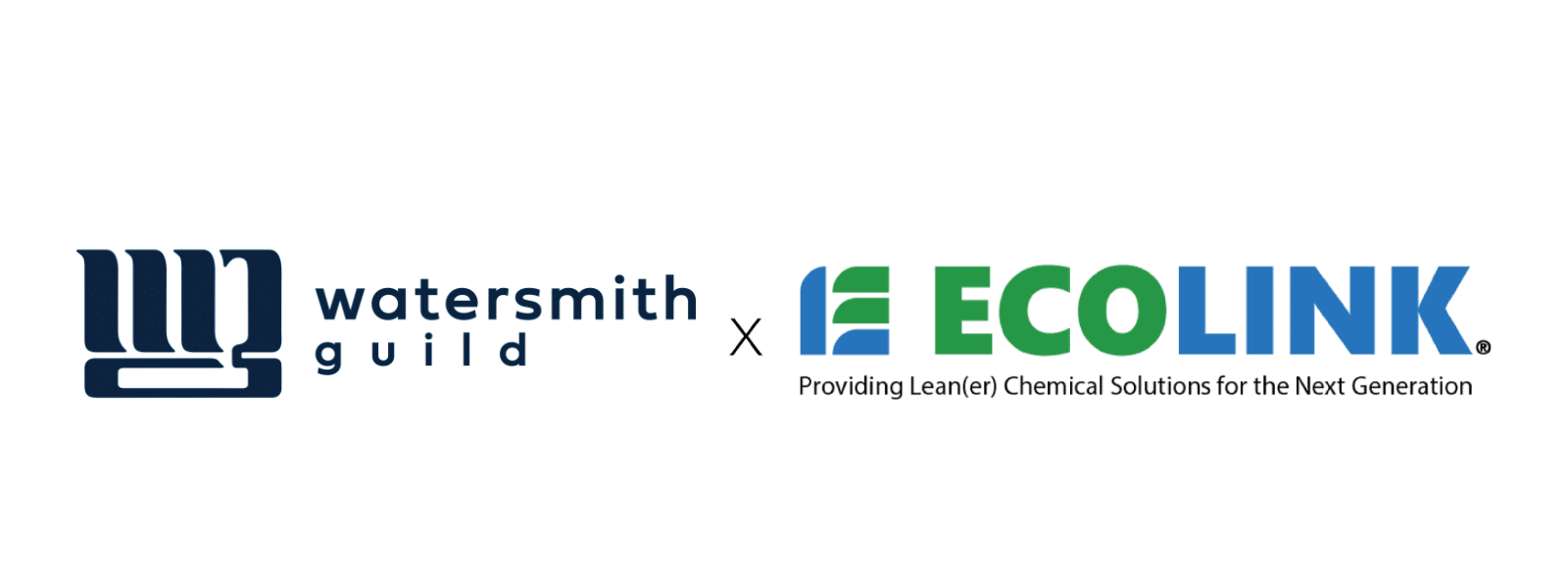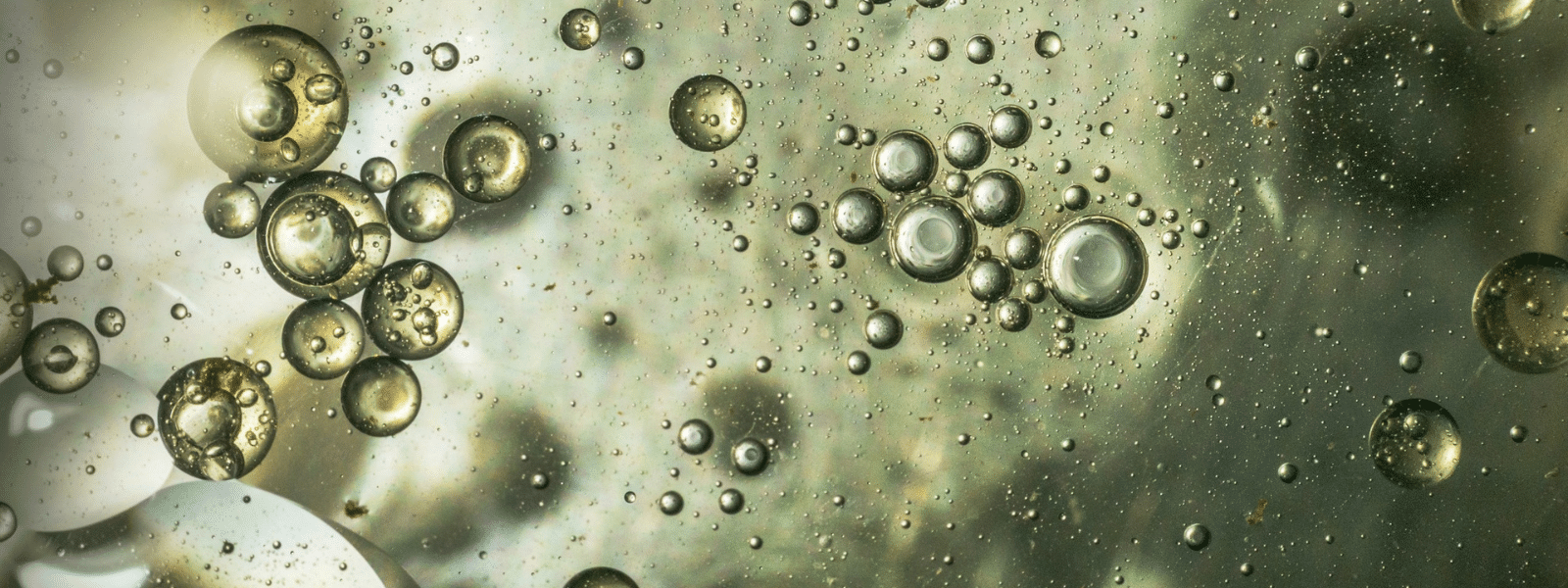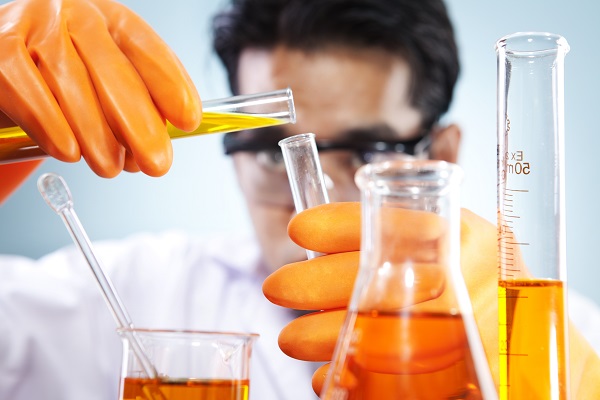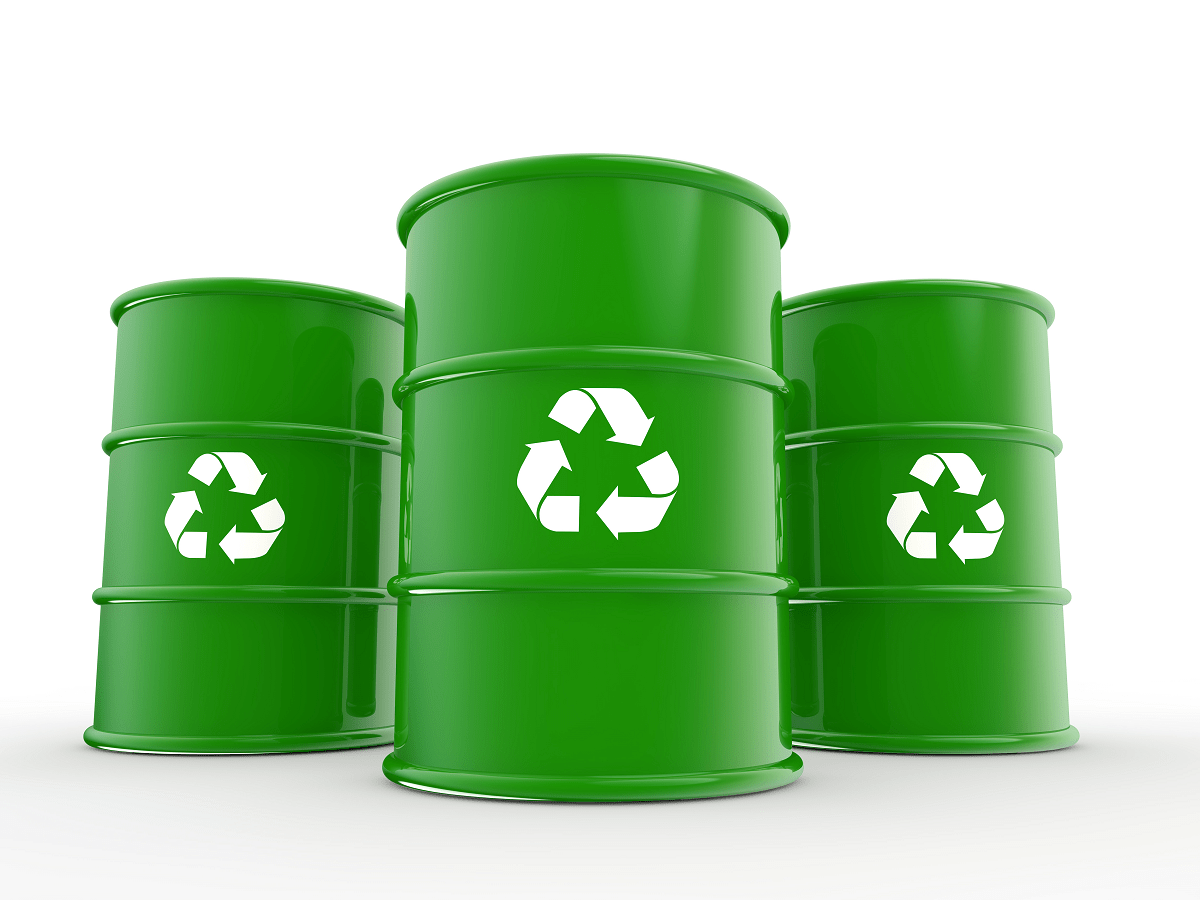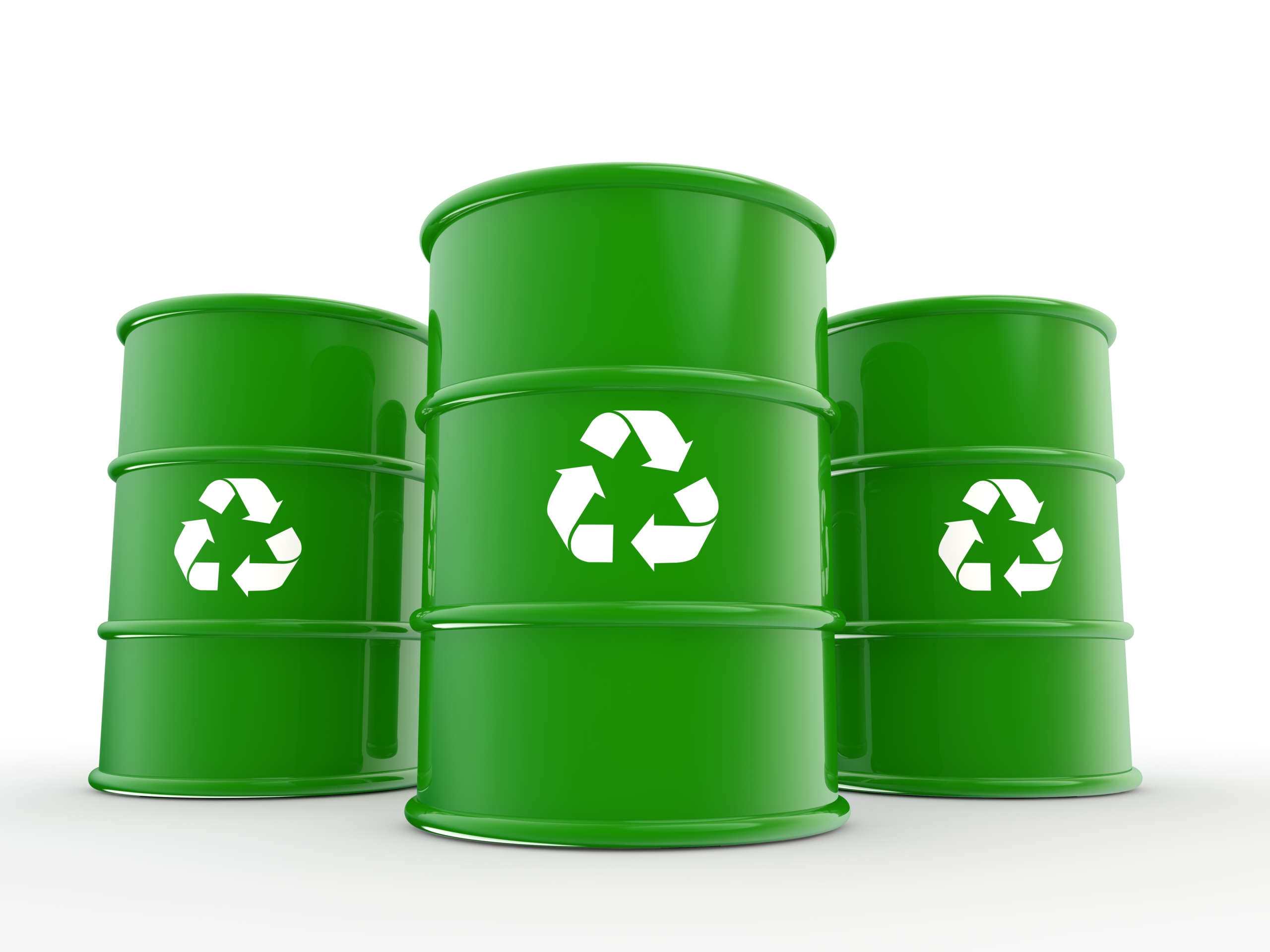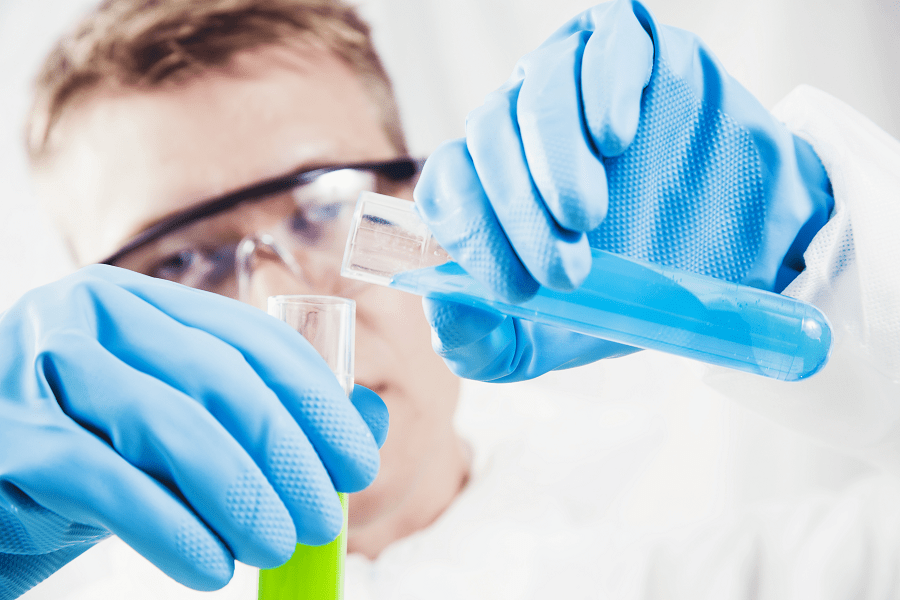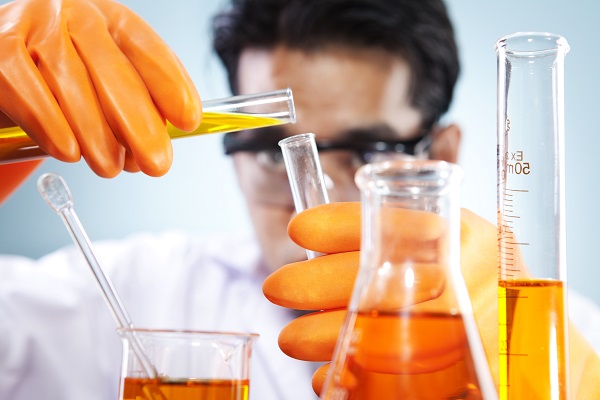We all clean. Whether you own a dental office, a townhouse, or a factory, cleaning is an essential part of your daily operations. But when it comes...
Blog


CHEMICAL INDUSTRY NEWS
Chemical Chat – Discover What’s New!
How to Buy Denatured Alcohol Online
Denatured alcohol, also known as methylated spirits, is a versatile chemical used in various applications such as cleaning, fuel additives, and...
Military Cleaning Products – MIL PRF 680 Qualified Products
Every industry requires cleaning solutions, and the military is no exception. From day-to-day facility maintenance to cleaning large aircrafts, a...
Are Denatured Alcohol and Isopropyl Alcohol the same?
Denatured alcohol and isopropyl alcohol are commonly used alcohols that each boast a wide variety of applications. As...
How to Buy Denatured Alcohol Online
Denatured alcohol, also known as methylated spirits, is a versatile chemical used in various applications such as...
Company News

Managed Services
Discover the Latest in Safe and Sustainable Chemical Solutions
Stay informed with Ecolink’s blog! Subscribe now
Chemical Management Information
Stay updated with us
Sign Up for the Latest Updates
Stay informed about chemical supply chain disruptions and emerging innovations to keep your business at the forefront of efficiency and innovation. Uncover new ways to make your business practices more sustainable by incorporating safer products into your cleaning lineup.




